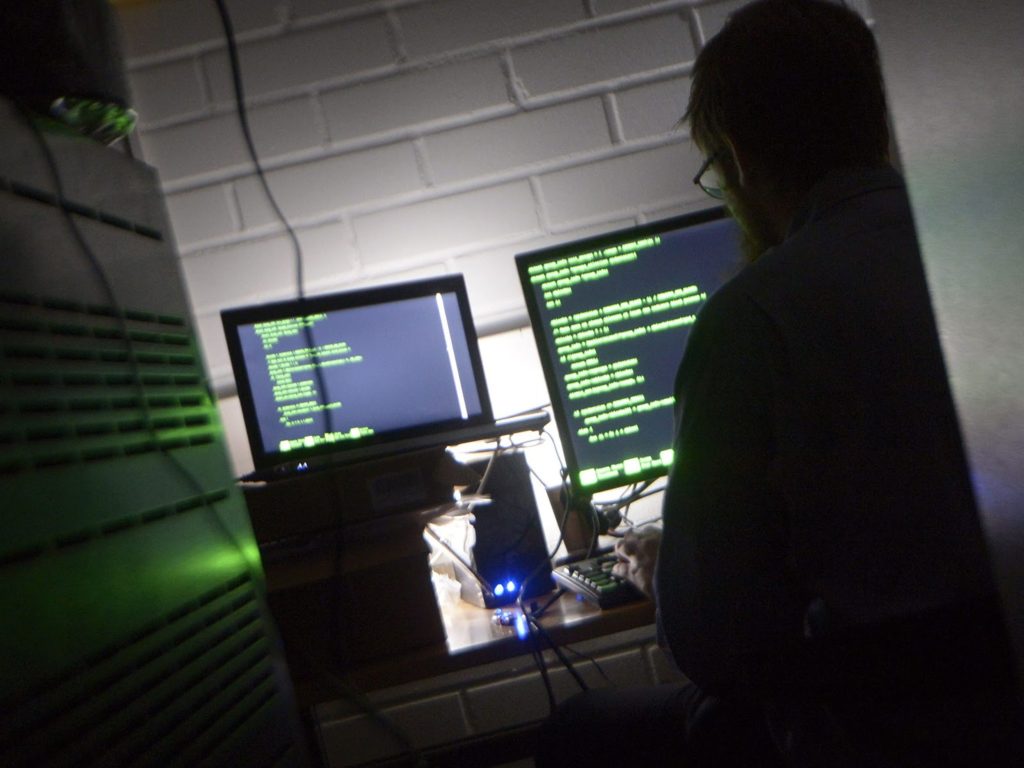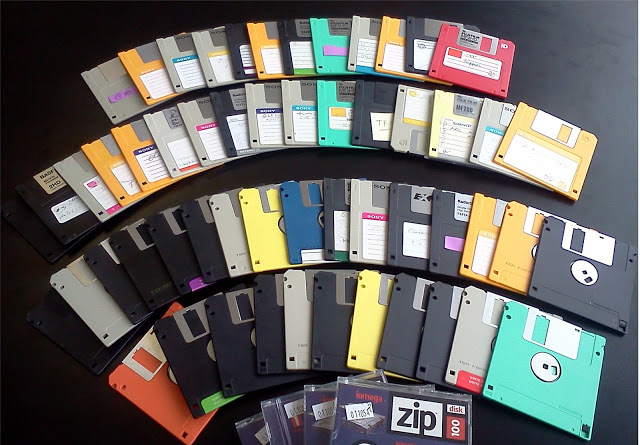Joyce Wheeler is someone who saw it all in those early days. She also can still remember her very first computer, and one of the reasons for that is because it was one of the first computers anyone used.

It was EDSAC (Electronic Delay Storage Automatic Calculator), a “proto-computer” that was assembled and served scientists at the University of Cambridge back in 1949. Joyce Wheeler was a member of the scientists group who were working on their PhD degree under the supervision of famous astronomer Fred Hoyle. They were researching the reactions inside stars, in particular the star lifecycle stages and their length.
In order to perform the research, Joyce needed some powerful calculating equipment, since the inner workings of the nuclear furnace that keep stars shining is a very complicated problem to solve with use of a human brain, pencil and a piece of paper. Mathematics capable of describing this level of nuclear energy processes is pretty formidable: Joyce remembers that she had to solve a nasty set of differential equations that describe their behavior and composition.

Completing these calculations manually would almost certainly result in errors, inaccurate data and ultimately could – and probably would – affect the research outcomes. And here is where she met EDSAC – a machine built by Professor Maurice Wilkes, a technical device the size of several average size bedrooms, that was there to do the kind of calculations that Ms. Wheeler needed to be done to complete her advanced degree.
The first challenge for young astrophysics student was to learn the sophisticated language that machine could understand. She was quite familiar with the machine itself, since it was showcased to her prior the start of her degree course in 1954. Being keen to get her research done accurately, Joyce sat down with an instructions booklet and worked her way through dozens of the programming exercises from that pioneering programming manual. That little book was called WWG (after the names of the authors: Maurice Wilkes, David Wheeler and Stanley Gill).

While learning the programming, Joyce (whose family name was Blacker at that time) got talking to David Wheeler, since one of her programs was helping to ensure that EDSAC was working well. They eventually got to know each other, fell in love and married in 1957.
Joyce remembers that exciting time in detail: she could not stop wondering what the machine could do for her work. She was able to study the programming quite fast due to her strong mathematical background: she became very quickly able to master the syntax into which she had to translate the endless complex equations.
At certain point of time she realized that programming is very similar to Maths in the sense that one can’t do it for too long.
“I found I could not work at a certain programming job for more than a certain number of hours per day,” Joyce Wheeler remembers. “After that you would not make much progress.”

Sometimes the solution to some programming problems that worried her from time to time would come into her mind while she was doing some other things outside of the computer lab: like doing the laundry or having lunch.
“Sometimes it’s better to leave something alone, to pause, and that’s very true of programming.”
When the programming bit was finally done, Joyce Wheeler was allocated a timeslot to run her programs on the EDSAC: it was Friday night. She remembers that this period was perfect for her: there were no lectures the next day she had to attend.
As an operator she was granted the right to run the EDSAC alone, but she had to make sure that everything she did was recorded. A quite common occurence for all the early computers (and EDSAC was no exception) was unexpected crashes. Joyce remembers that only occasionally she was lucky enough to keep machine running all night, and if it did crash, there was little she was allowed to do to try to fix it. Even the cleaners were not allowed to get near EDSAC.
Dr. Wheeler showed Joyce one procedure, that allowed the recalibration of the EDSAC’s two kilobyte memory, but if that did not help, Joyce had no other choice but to stop her work for the night. But despite the regular crashes, she made steady progress on finding out how long different stars would last before they collapsed.
“I got some estimates of a star’s age, how long it was going to last,” she said. “One of the nice things was that with programming you could repeat it. Iterate. You could not do that with a hand calculation. We could add in sample numbers on programs and it could easily check them. I could check my results on the machine very rapidly, which was very useful.”
Now, you should understand that “rapidly” back in the 1950’s meant “not more than 30 minutes”. This is the time that EDSAC required to run a program. After that the results were printed out for the researcher to analyze them. After that you had to re-program and wait another couple of days to run another round of complex calculations. Despite all these delays, Ms. Wheeler felt that she was a part of something that would change the world.
“We were doing work that could not done in any other way,” she said. And even though EDSAC was crude and painfully slow by modern standards, she saw that a revolution had begun.
We at FTI never fail to get inspired by pioneering scientists like Dr. Wheeler, with their single-minded dedication and commitment to innovating new solutions to existing problems, often in lonely circumstances and running against the tide of conventional thinking, driving them to expand the frontiers of discovery and learning in ways that eventually become implemented into normal life for the entire global population. Innovation, research and patience are some of the core values we cherish at FTI, and no-one demonstrated these better than Dr Joyce Wheeler.




 Falcon Technologies International LLC’s Research and Development team have created a solution that complies with the archival needs and requirements of the financial institutions and government entities. Our FalconMEDIA Century Archival CDs and DVDs with golden and platinum reflective layers showed outstanding results during the internal and third-party benchmarking tests: data stored on these professional archival discs stays accessible and integer for more than 500 years – timeframe that is enough to archive data for almost 7 future generations of the humanity.
Falcon Technologies International LLC’s Research and Development team have created a solution that complies with the archival needs and requirements of the financial institutions and government entities. Our FalconMEDIA Century Archival CDs and DVDs with golden and platinum reflective layers showed outstanding results during the internal and third-party benchmarking tests: data stored on these professional archival discs stays accessible and integer for more than 500 years – timeframe that is enough to archive data for almost 7 future generations of the humanity.


